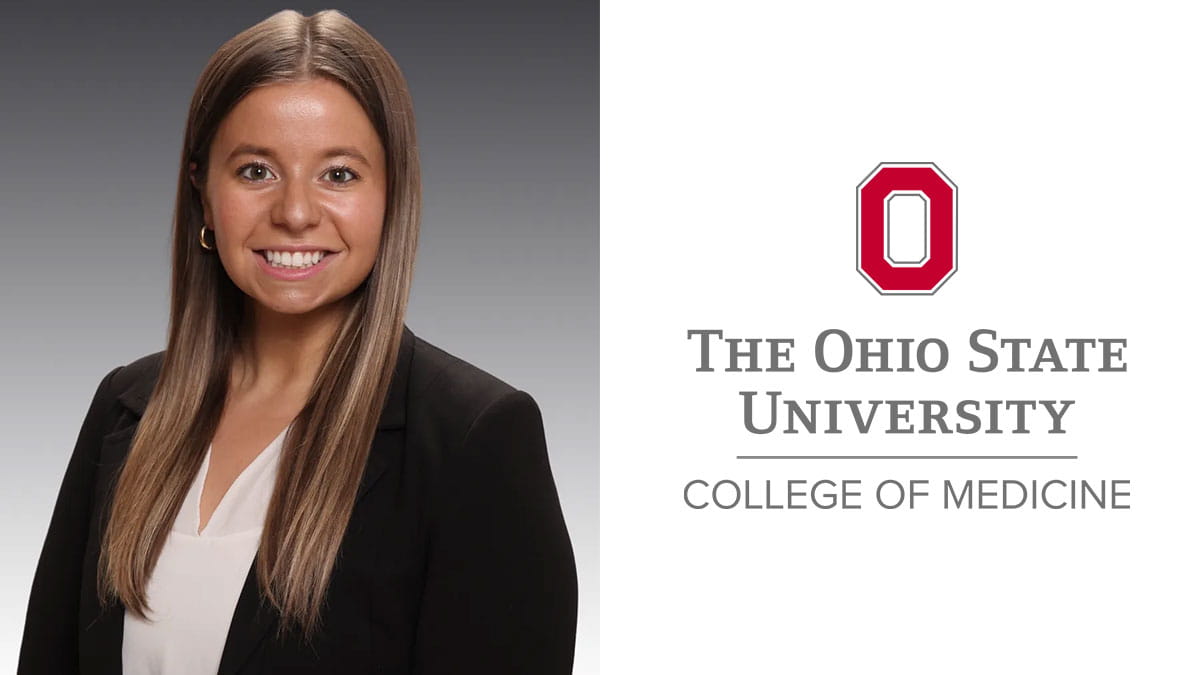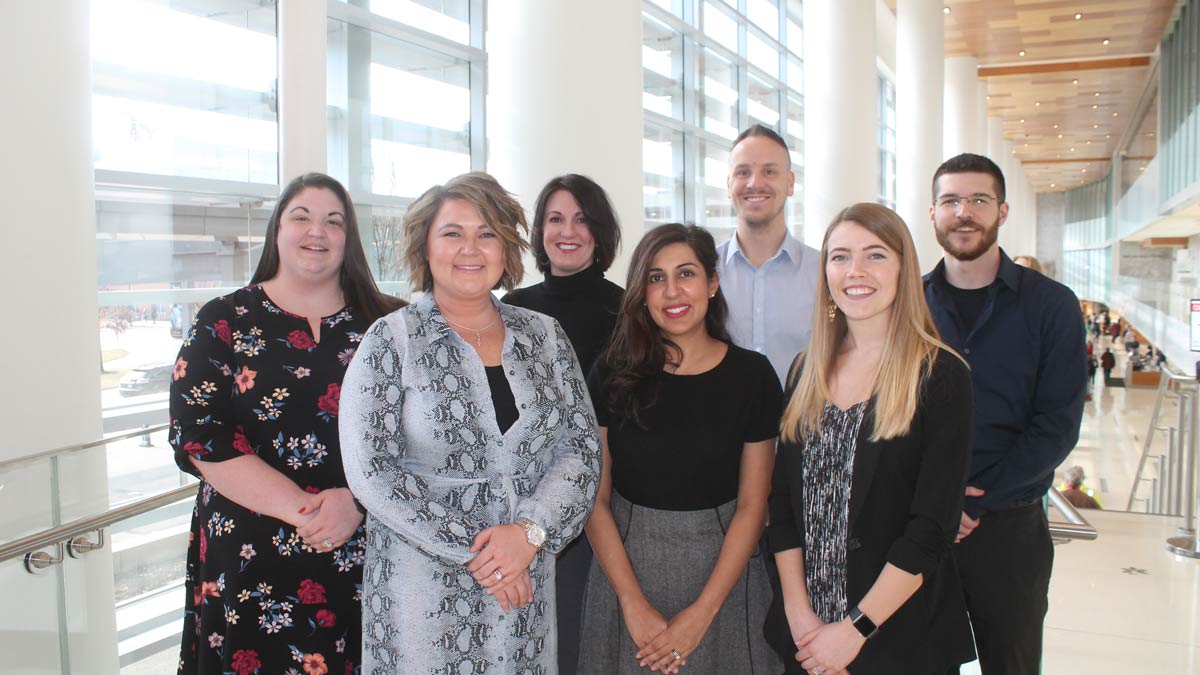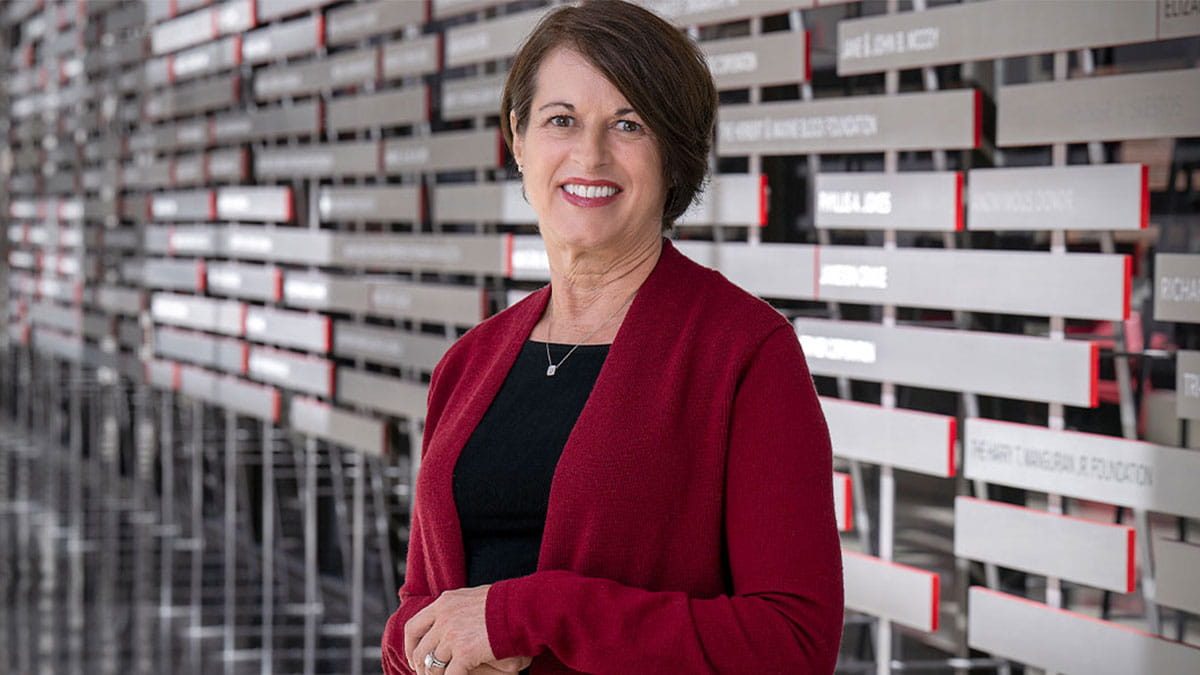Leading the evolution of medical education
Jennifer McCallister, MD, newly appointed associate dean of medical education, says collaboration, simulation-based training and emerging technologies drive advances in medical curriculum.
In the time since she was a medical student at West Virginia University in the late 1990s, McCallister has seen dramatic changes in medical education. “The traditional curriculum, which predominately involves sitting in a classroom and listening to a lecture, is gone,” she says. A large part of her new role as associate dean of medical education at The Ohio State University College of Medicine will be to ensure this evolution continues.
“At Ohio State, we’re integrating technology and patient care very early in the curriculum so students can experience things like anatomy and histology using platforms that didn't exist when I went to medical school.”
Challenging our students
So what does medical school evolution actually look like? McCallister points to four key ideas:
Listening. A critical part of evolving the medical education experience, McCallister says, is seeking and receiving feedback. She collaborates with faculty members, administrators and medical students to understand what works and what can be improved. “Representatives from all our classes provide valuable feedback, so we know the education is relevant and meaningful to them.”
New technology. Continuous feedback helps the College of Medicine identify emerging technologies and methods that will enhance the curriculum. McCallister credits the college’s commitment to exploring and adopting new technology. “Part of what sets Ohio State apart is its equipment,” McCallister says, “it is constantly upgraded to stay abreast with new and better technology.”
Hands-on learning. Cutting-edge, simulation-based education plays an increasingly important role in the student experience at Ohio State. “It’s essential,” she says, “to make sure our students, residents, and fellows have an optimal environment to learn invasive procedures before they encounter critically ill patients.” McCallister notes that students can also take simulation-based courses in areas that are not normally required by medical colleges. “Ohio State medical students have the opportunity to develop advanced skills in areas such as advocacy, procedures and ultrasound that are above and beyond what’s required by other major medical school curriculums.”
Diversity. The college’s real-world commitment is reflected in the students who are enrolled in the medical program. “One of the initiatives that we're exceptionally proud of is the diversity in our medical student population here at Ohio State.” The college’s Office for Diversity and Inclusion supports the needs and interests of students from groups who are traditionally underrepresented in medicine and traditionally underserved in the biomedical sciences. Twenty-six percent of students who matriculated in the entering class of 2016 are from underrepresented groups, with fifty-four percent of the class being made up of women.
Other responsibilities
In addition to her administrative role, McCallister attends in the medical center’s medical intensive care units (at the Ohio State University Hospital and at the Ohio State Conprehensive Cancer Center – James) and in the Asthma Center at the Ohio State Lung Center, allowing her to work in a field that has long held her interest. More than 23 million Americans suffer from asthma to varying degrees, but research pioneered by McCallister shows that adult women are more likely to be afflicted by the common chronic disease than men.
As program director for the adult Pulmonary Critical Care Medicine Fellowship, she helped orchestrate a simulation-based introduction to bronchoscopy that provides hands-on learning before fellows interact with patients – exactly the kind of learning she feels is setting Ohio State apart.
“People understand how the face of medicine and medical education is rapidly changing,” McCallister says. “Ohio State is a leader in all these areas.”



